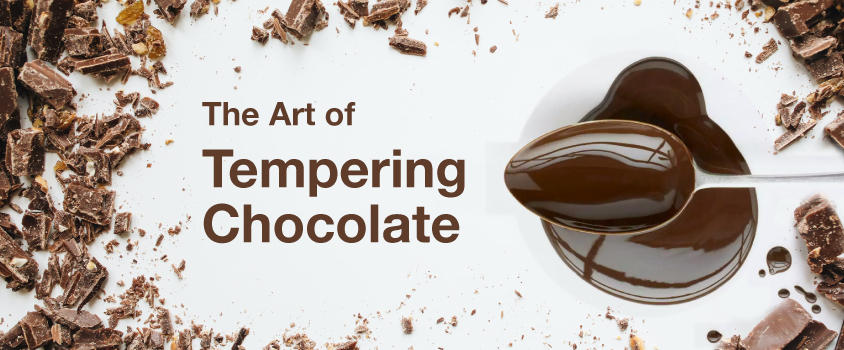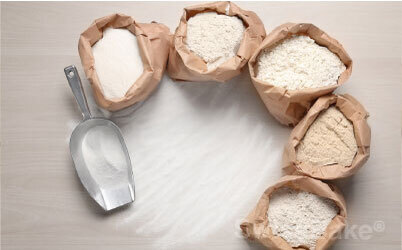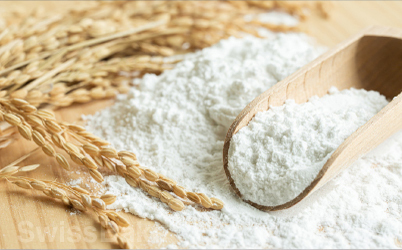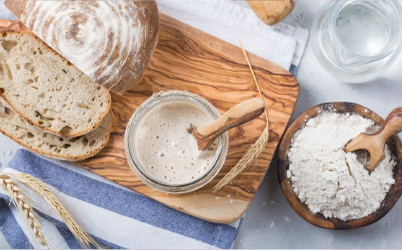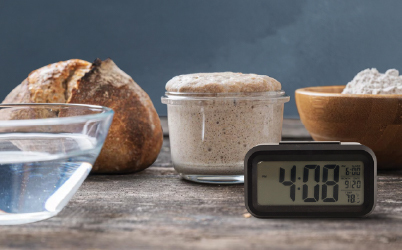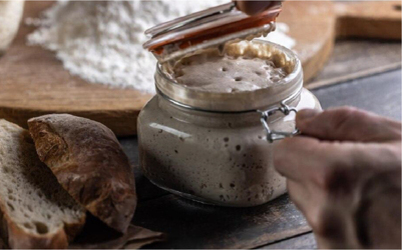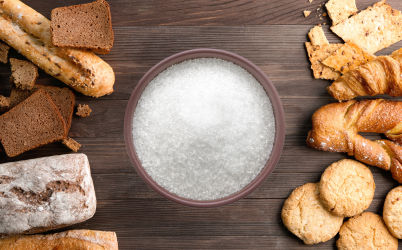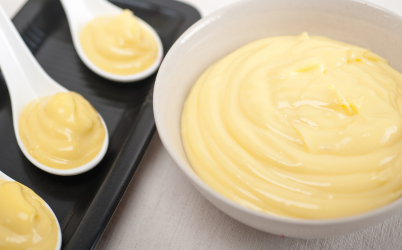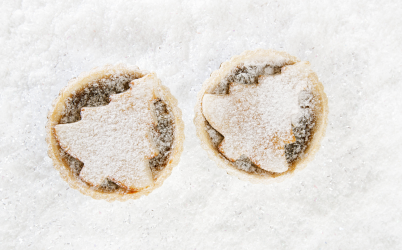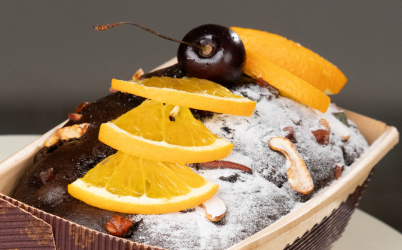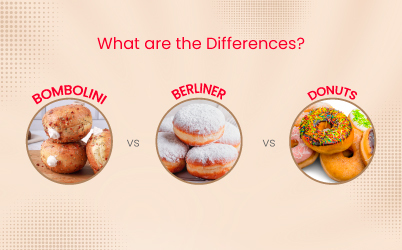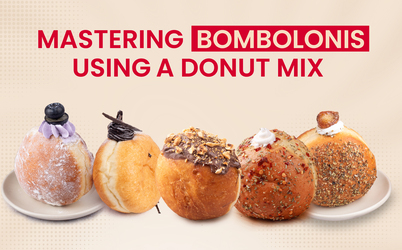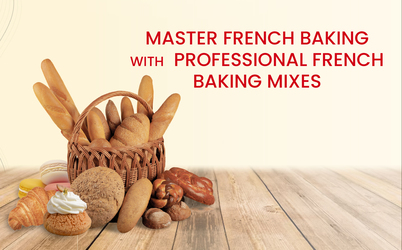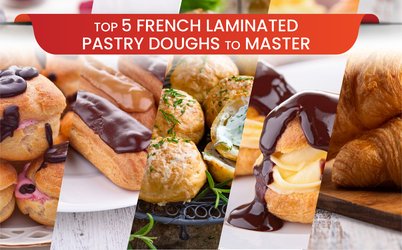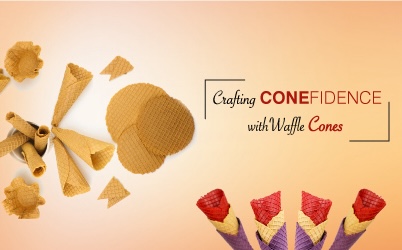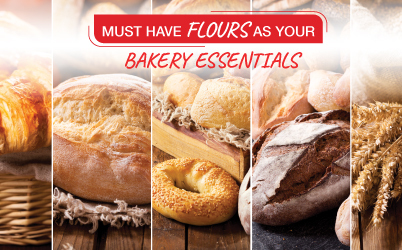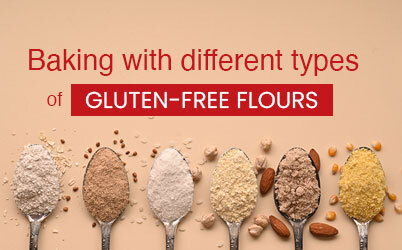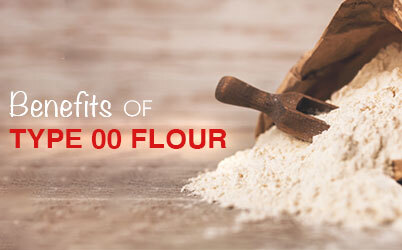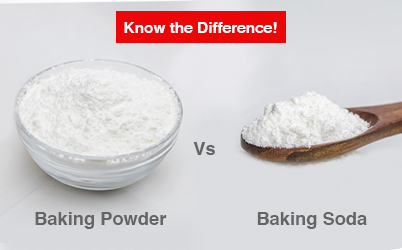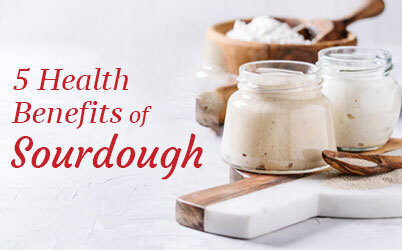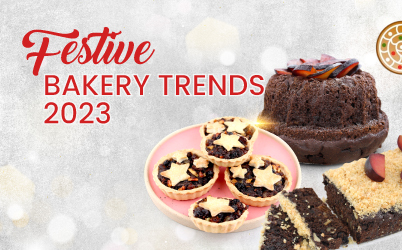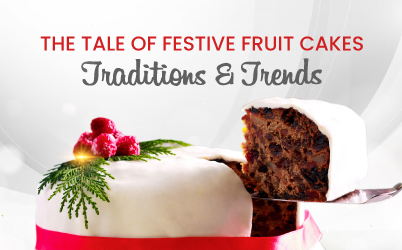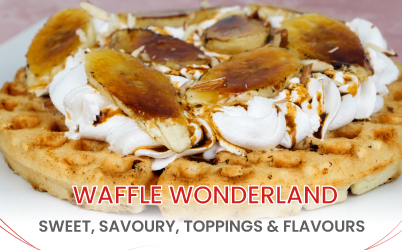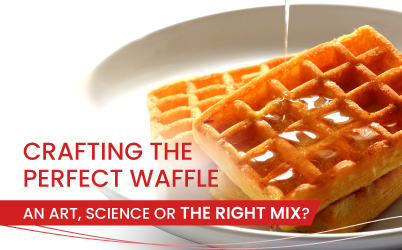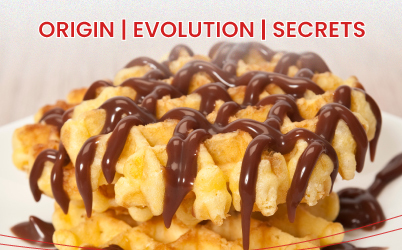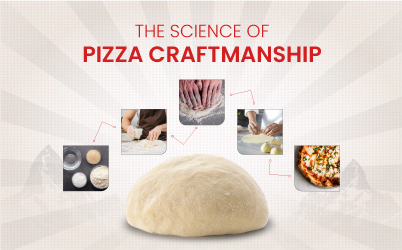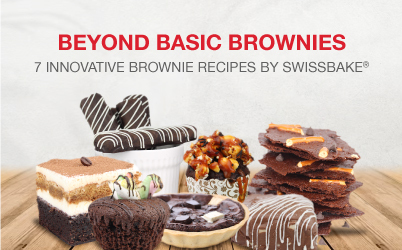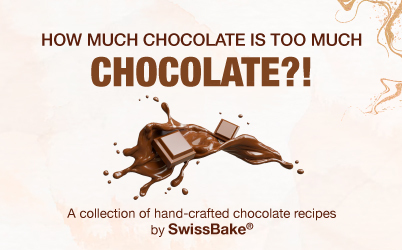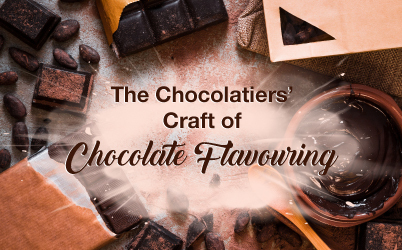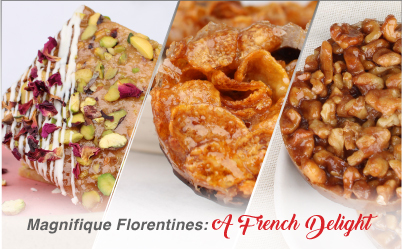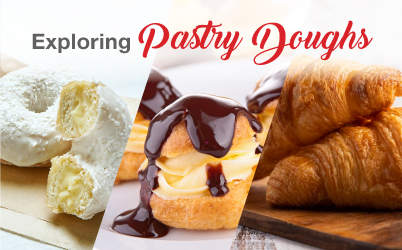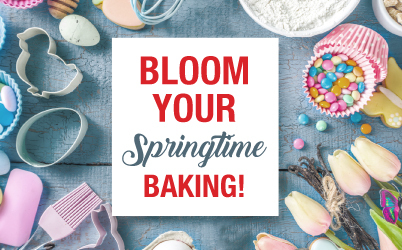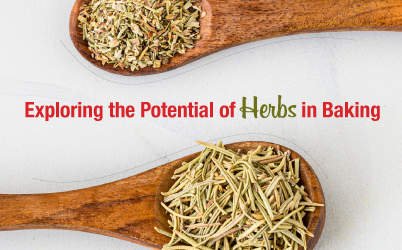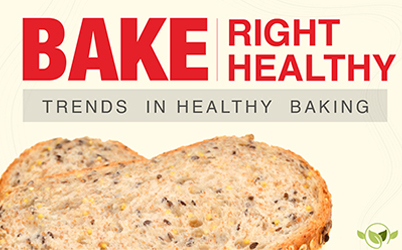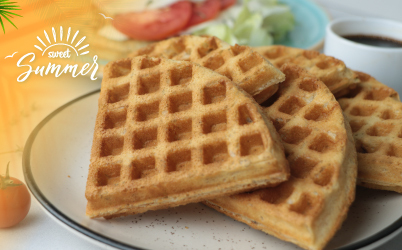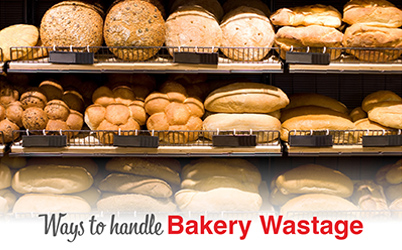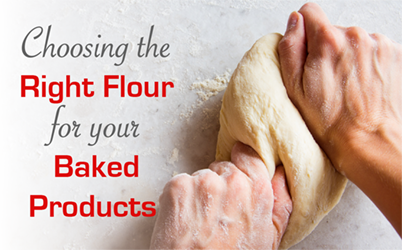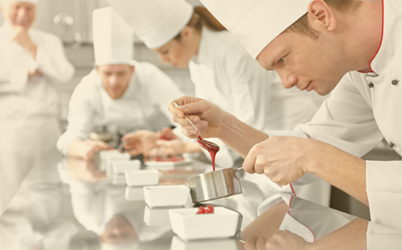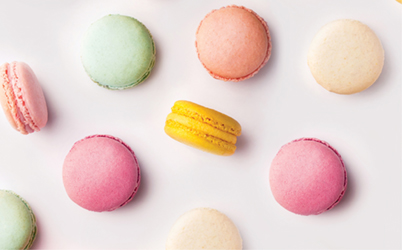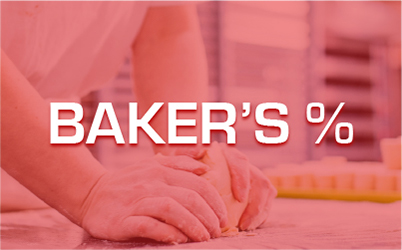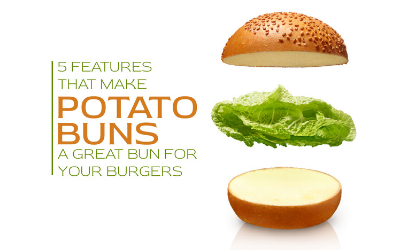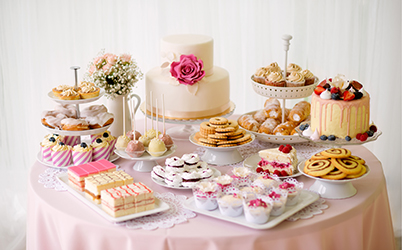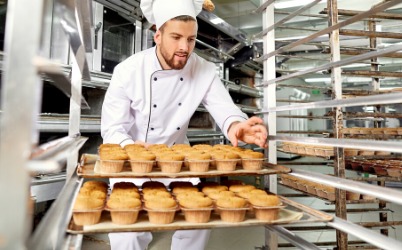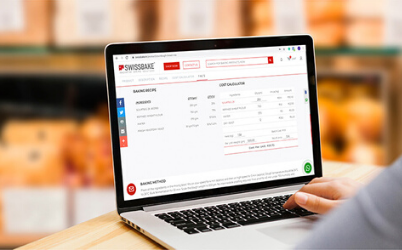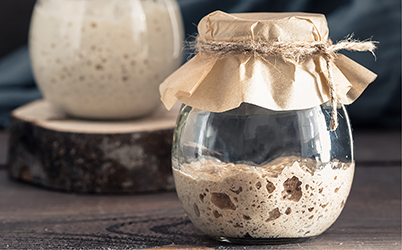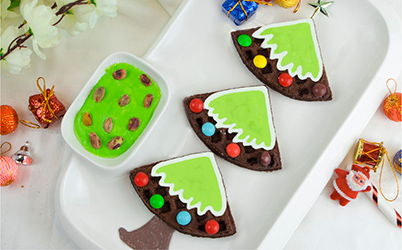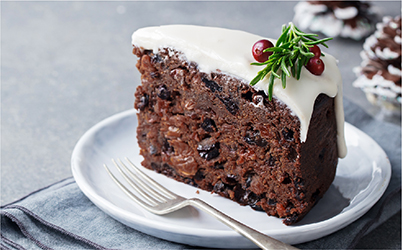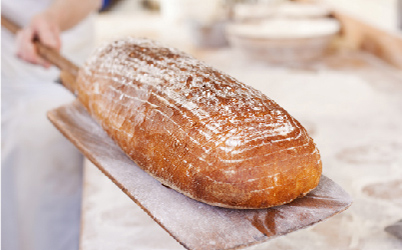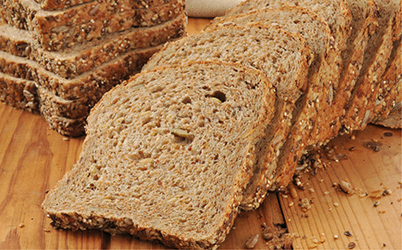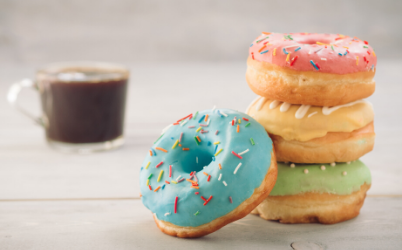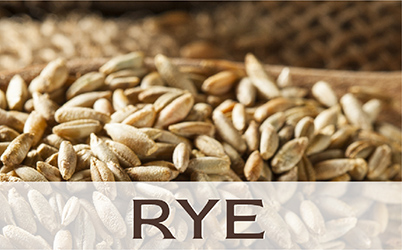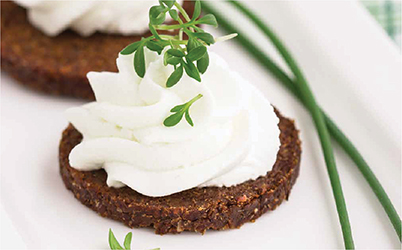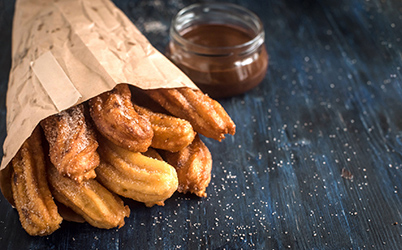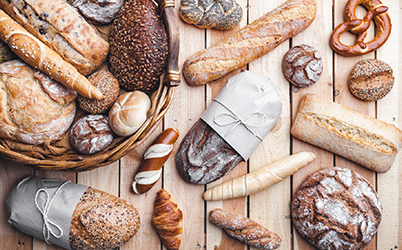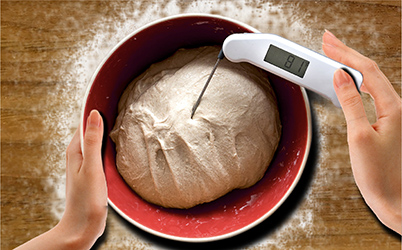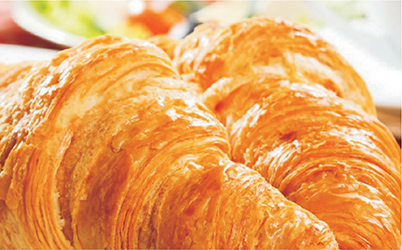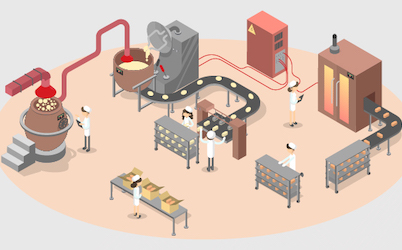The Creative Art of Chocolate Tempering
Understanding Chocolate's Crystalline Structure
Chocolate contains cocoa butter, which can form multiple crystal structures during cooling. The goal of tempering is to encourage the formation of stable, desirable crystals known as beta crystals. Beta crystals provide the chocolate with a glossy appearance, a smooth mouthfeel, and a satisfying snap when broken.
Importance of Chocolate Tempering
Tempering is crucial in chocolate making as it ensures that the finished product has a pleasing appearance, a smooth texture, and a desirable snap when broken. Properly tempered chocolate has a uniform crystal structure, preventing the formation of unattractive fat bloom (white streaks or spots) and ensuring that the chocolate retains its shape at room temperature. Additionally, tempered chocolate is ideal for dipping, molding, enrobing, and creating delicate decorations.
Methods of Tempering Chocolate
The process typically involves melting the chocolate to a specific temperature or the melting point, then cooling it down while agitating, and finally gently reheating it to a working temperature. The most common methods of tempering chocolates used by professional chocolatiers are —
- Traditional Tabling Method: A classic technique involving controlled cooling and agitation on a marble surface.
- Seeding Method: Involves adding small pieces of tempered chocolate (seed) to melted chocolate and gently heating until the entire mixture reaches the desired temperature.
- Seeding in the Microwave: This microwave-specific method is a quick and convenient alternative for small amounts of chocolate. By using carefully timed intervals and stirring, the chocolate can be tempered effectively.
- Seedless Methods: Alternative approaches using specialized equipment like tempering machines or sous vide.
The Chocolate Temperature Process
The chocolate tempering process involves controlled heating, cooling, and reheating of chocolate to encourage the formation of stable cocoa butter crystals. The steps in the tempering process are as follows:
- Melt: Begin by melting the chocolate using a double boiler or microwave, ensuring a gentle and gradual heat. Avoid exceeding the recommended melting temperature to prevent scorching the chocolate.
- Cooling: Once melted, remove the chocolate from the heat source and allow it to cool. The chocolate should be cooled to a specific temperature depending on the type of chocolate being tempered (dark, milk, or white chocolate).
- Seeding: Add small pieces of already tempered chocolate (seeds) to the cooled melted chocolate. The addition of these seeds encourages the formation of stable cocoa butter crystals throughout the mixture.
- Reheating: Gently reheat the chocolate to a specific temperature range, ensuring the seeds melt completely. This step helps to achieve the desired crystal structure and glossy appearance.
- Testing: To check if the chocolate is properly tempered, perform a simple test by spreading a small amount on a piece of parchment paper or a clean surface. If the chocolate sets within a few minutes, has a shiny appearance, and easily releases from the surface, it is properly tempered.
Different types of chocolate have specific tempering temperature ranges. Here are the tempering temperature ranges for common varieties of chocolate:
- Melting Temperature: 45°C to 50°C (113°F to 122°F)
- Cooling Temperature: 27°C to 28°C (80°F to 82°F)
- Working Temperature: 31°C to 32°C (88°F to 90°F)
- Melting Temperature: 40°C to 45°C (104°F to 113°F)
- Cooling Temperature: 26°C to 27°C (78°F to 80°F)
- Working Temperature: 29°C to 30°C (84°F to 86°F)
- Melting Temperature: 40°C to 45°C (104°F to 113°F)
- Cooling Temperature: 25°C to 26°C (77°F to 78°F)
- Working Temperature: 27°C to 29°C (80°F to 84°F)
Applications of Tempered Chocolate
From enrobing and molding to sculpting and showpieces, tempered chocolate serves as the foundation for a myriad of exquisite creations. Whether it's indulgent bonbons, intricate decorations, or decadent baked goods, the applications and uses of tempered chocolate showcase the versatility and artistry that professional chocolatiers bring to their craft.
| 1. ENROBING AND MOULDING |
| Bonbons and Truffles: Tempered chocolate forms a smooth, glossy shell that encases delectable fillings, from creamy ganache to fruity jellies |
| Chocolate Bars: The foundation of artisanal chocolate bars, tempered chocolate allows for customization with various flavourings, nuts, and inclusions. |
| Molded Chocolates: Using specialized moulds, chocolatiers create intricately shaped chocolates, from whimsical designs to elegant patterns. |
| 2. DECORATIVE CHOCOLATE ELEMENTS & GARNISHES |
| Chocolate Curls and Shavings: Thin, delicate curls or shavings of tempered chocolate add visual appeal and texture to cakes, pastries, and desserts. |
| Chocolate Cigarettes: Delicate, thin chocolate sticks that can be used to enhance the presentation of plated desserts or to decorate cakes. |
| Chocolate Transfers: Transferring intricate designs onto cakes or chocolates using transfer sheets and tempered chocolate for stunning visual effects. |
| 3. CHOCOLATE SCULPTING AND SHOWPIECES |
| Chocolate Sculptures: Skilled chocolatiers create awe-inspiring sculptures, figurines, and three-dimensional works of art using tempered chocolate as their medium |
| Chocolate Showpieces: Elaborate centrepieces for events and displays, featuring intricate designs, architectural elements, and artistic flourishes. |
| 4. DIPPING, GLAZING AND COATING |
| Dipped Fruits & Berries: Fresh fruits, such as strawberries, bananas, or citrus peels, are dipped in tempered chocolate to create indulgent treats |
| Nuts & Pralines: Tempered chocolate enrobes nuts, pralines and other confections, providing a crisp & glossy coating. |
| Chocolate Glazes: Smooth & glossy glazes for entremets, cakes and petits fours, created using tempered chocolate combined with cream or other liquids |
| Chocolate Ganache: A versatile filling or frosting for cakes, pastries & desserts, made by combining tempered chocolate with cream or other ingredients |

